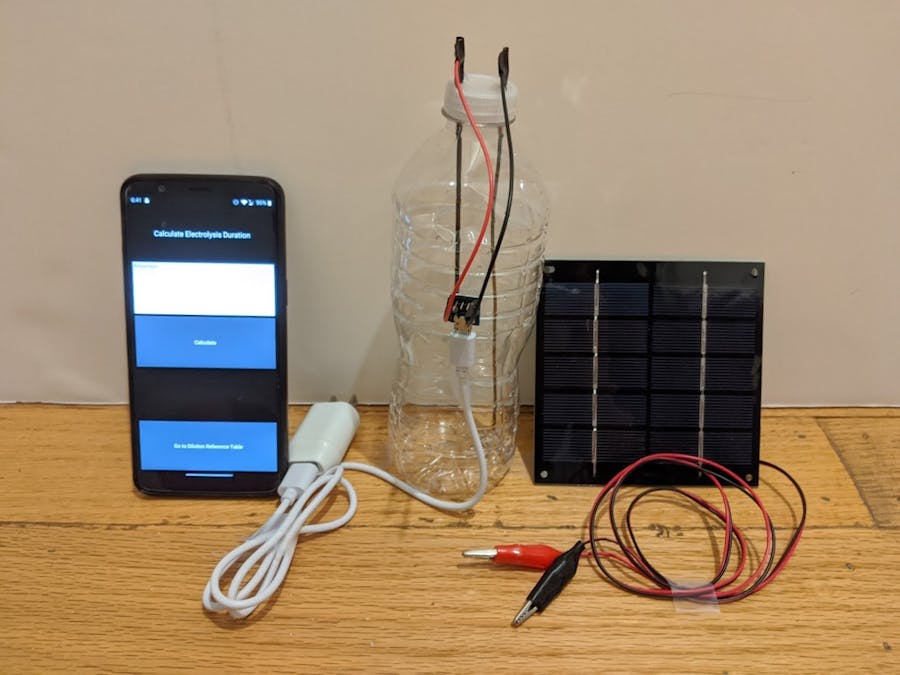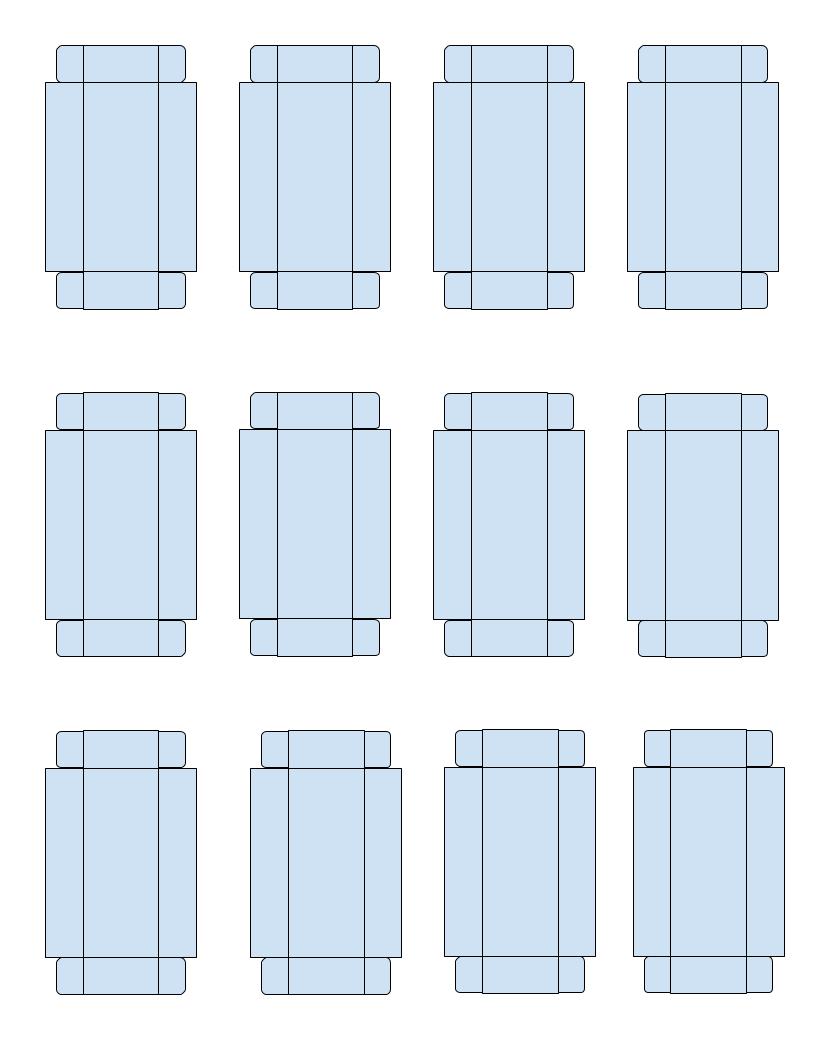During the COVID-19 pandemic, effective disinfectants and sanitizers have become more crucial than ever before. When used properly, they can greatly reduce the spread of the virus. However, the increased demand for these cleaners has led to a drop in their global availability.
The Electrolyzed Water Disinfectant Device is an answer to that issue. Through the process of electrolysis, our device processes salt and water into electrolyzed water, a solution containing hypochlorous acid, a natural substance with the capability to kill bacteria, fungi, and viruses. It is already widely used in countries such as Japan and can easily be diluted to suit a variety of applications, such as:
- Hand sanitation
- Surface disinfection
- Food safety
- Water treatment
- Wound care
Most importantly, hypochlorous acid has been used directly in the current fight against COVID-19. In South Korea, workers at coronavirus testing stations are sanitized with the disinfectant after their shift ends. Hypochlorous acid is already being used by healthcare workers on the frontline -- but we hope we can make it available to a larger audience by sharing this device.
Benefits of the Electrolyzed Water Disinfectant DeviceThere are already thousands of cleaning and sanitation products in the market that can be used against COVID-19. So what makes this one so special?
The main advantage we had in mind when designing our device was to make it accessible to people in developing countries who might not have the advantage of more advanced technology or are limited by economic problems. The Electrolyzed Water Disinfectant Device produces an all-purpose cleaner while also being extremely low-cost and easy to reproduce. We created the device from simple materials and tools that are much easier to find than the complicated and expensive equipment that is often required to create automated sanitation systems.
The EWDD also creates a safer and more natural alternative to the industrial-grade cleaners available in the market today. While typical disinfectants contain harsh chemicals that may be considered toxic, electrolyzed water consists of only two agents: hypochlorous acid, a pathogen-fighting substance generated by your own white blood cells, and sodium hydroxide, found in extremely low concentrations. This ensures that electrolyzed water is non-toxic and safe for families with young children or pets. You can also dilute the solution to suit different uses by modifying the amount of salt, water, and time found using our mobile app.
Many commercial producers of electrolyzed water rely on expensive equipment to produce it, which makes it a relatively illogical choice for many everyday consumers and those in struggling communities. But our device scales down the process to a household-friendly level, greatly cutting down the cost as a result. The smaller size also ensures that a more appropriate amount of electrolyzed water is produced -- as its shelf life is typically only a few weeks. We believe our device could give many families access to a cheaper yet highly-effective home sanitizer that would help protect them from the virus.
How it Works: ElectrolysisThe Electrolyzed Water Disinfectant Device relies on a chemical process known as electrolysis -- the passing of a direct electric current through an ionic substance in order to drive a chemical reaction. During electrolysis of salt water, NaCl (salt) and H2O (water) molecules are essentially converted into NaOH (sodium hydroxide) and HClO (hypochlorous acid).
Electrolysis involves two half-processes: reduction and oxidation. Reduction occurs at what is called the cathode in an electrolysis cell, while oxidation occurs at the anode.
The diagram above shows the initial reactions. The total chemical process is as follows:
- 2NaCL + 2H2O = 2NaOH + H2 (gas) + Cl2
- 2NaOH + Cl2 = H2O + NaCl + NaClO
- NaClO + H2O = NaOH + HClO
Initially, gaseous hydrogen and chlorine are formed. The hydrogen is released as bubbles, while the chlorine's properties make it dissolve back into the water instead of being released as harmful gas. The chlorine gas reacts with the sodium hydroxide (NaOH) that is also formed to produce water, salt, and sodium hypochlorite (NaCLO). NaCLO reacts with water to produce our target hypochlorous acid (HClO) and a byproduct of NaOH.
Making the DeviceStep One: Prepare Anode and Cathode
To prepare the anode, burn pencil wood off the pencil using a match or lighter. Use pliers to hold the pencil and do not burn near a flammable surface. When the entire graphite piece is exposed, douse with water to extinguish.
To prepare cathode, trim metal wire so it is a similar length to the anode.
Step Two: Connect to Power Source
The device can be powered either with an ordinary wall power adapter or using a solar panel. The amperage of these power sources will determine how much time the reaction will take. They must be at least 2 volts in order to match the reaction's electrical potentials.
Step Three: Power Source
Solar Panel
The positive red wire from the panel should be attached to the carbon anode and the negative black wire to the metal cathode. If the solar panel includes alligator clips, they can simply be clamped to the end of the electrodes. If no clips are included, the end of the wires may be stripped to at least 3 cm long and coiled tightly around the ends of the electrodes. These coils should be soldered on to ensure proper contact.
Power Adapter:
Our model aims to preserve the charging connectors of the power adapter. Thus, we utilize a female micro USB to pinboard connector, which can be acquired for approximately 6 cents per adapter in the U.S.
Step Four: Prepare the Container
Drill two holes in the lid of the container. They should be large enough to fit the anode and cathode and spaced apart appropriately so they do not touch when inserted.
Operating the DeviceBasic Configuration
1. Fill your container (bottle) with 300 mL of water. Add 11 g of salt using the paper measuring box (5 x 2 x 1 cm) (see attached template) and shake or stir to dissolve.
2. Insert the graphite anode and metal cathode into the water, making sure that they do not touch. Turn on your power source -- this may be an outlet or solar panel. Bubbles should begin to rise in the water from the metal cathode.
3. Allow the device to run for a certain amount of time, depending on the amperage of your power source, calculated using the app. This will allow it to reach the right concentration of hypochlorous acid and sodium hydroxide. When that time has elapsed, turn off or remove the anode and cathode from the power source.
4. Your salt water has now been electrolyzed and is safe to use as a disinfectant.
Alternate Configurations
The FDA and EPA recommend certain hypochlorous acid concentrations for different tasks. The most reliable way to achieve these is through dilution of the basic configuration concentration. A reference table for diluting the electrolyzed water is provided in the app.
Setting Up and Using the App
Our app, the EWDD Configuration Calculator, allows users to quickly calculate the duration of the electrolysis based on the amperage of their power source. It also provides information on how to dilute the electrolyzed water to suit a variety of sources. It was created and designed using Python 3 and the Kivy library.
To access the app, please visit the GitHub page, where the source code and.apk files of the app are attached. Further instructions on downloading the app are provided in the README.md file.
The main screen of the app features a calculator for the duration of the electrolysis. Input the amperage of your power source in the indicated box and click the "Calculate" button. The recommended time will show up below the button.
Click the button labeled "Go to Dilution Reference Table" to view the Dilution Reference Table. Based on FDA and EPA guidelines, the table provides the concentration of hypochlorous acid for certain tasks as well as the amount of water needed to reach that concentration. The "Go to Calculator" button returns you to the main screen.
Hypochlorous acid has already been scientifically proven to be an effective disinfectant, but to make sure our electrolyzed water was safe and functional, we tested it against mold and measured its pH.
Our experiment involved the application of our surface cleaning concentration electrolyzed water to mold that had grown on a piece of ginger. When viewed under a microscope, we found that the solution was successful in killing the mold. We concluded that the solution produced by our device was strong enough to kill mold and similar pathogens.
The pH of electrolyzed water must be between 6 and 7.5, for the concentration of hypochlorous acid is greatest. We used test strips to measure the pH of the electrolyzed water produced by our device with an HOCl concentration suitable for surface cleaning and found it to be around 6.5.
In its current state, our device is fully functional and has the lowest cost. An improvement in quality of life can be obtained by adding automation in the form of a computer--for example an Arduino. This would raise the cost, but would allow automatic timing and operation of the device, which could be controlled through the app.
Another possibility is adding salt and/or water storage and allow the Arduino to automatically control the amount of salt, water, and time needed for operation.










Comments
Please log in or sign up to comment.